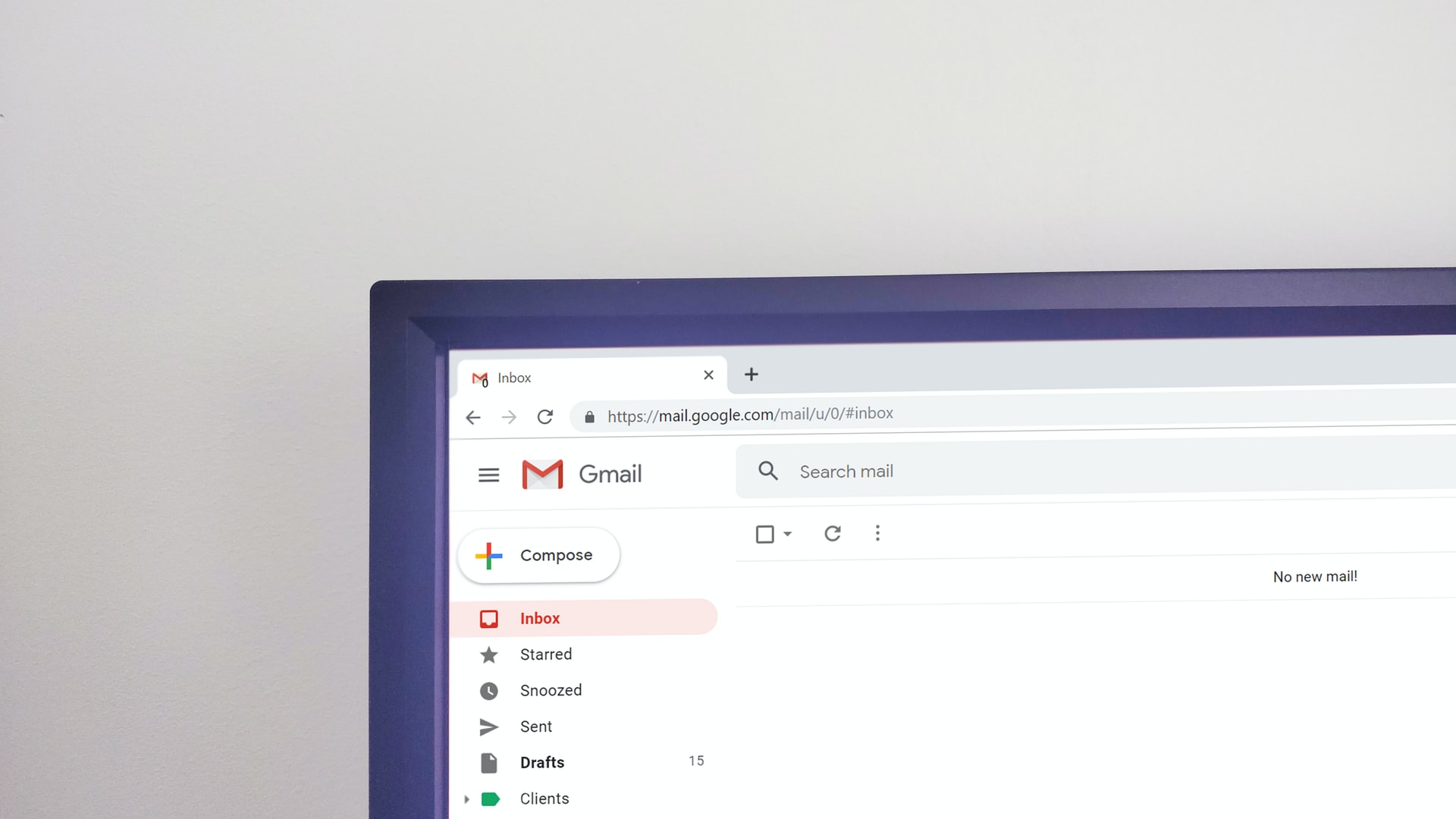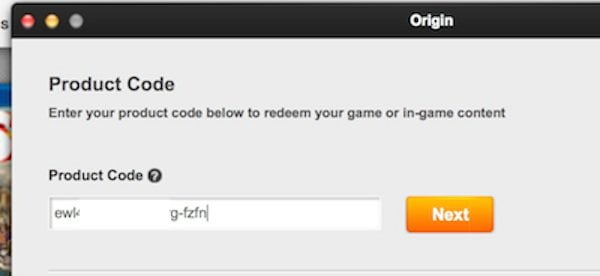Believe it not; your email messages are probably being tracked. For anyone concerned about people watching us go about our daily lives, this fact is disconcerting. We are used to websites tracking us. But somehow, email tracking seems a little insidious. Nonetheless, this is a straight forward marketing ploy. Given the prevalence of email advertising campaigns, companies want to know if you open and read the emails they send. Using email as a marketing tool is a no brainer. By some estimates, the number of emails sent per day will be around 340 billion by 2023. And an email’s reach is equally staggering. More than half the world’s population uses email.
In 2017 One More Company (OMC) released a report with some stunning numbers. OMC is an email intelligence company that develops anti-tracking software. In 2017, 40.6 % of all emails were tracked. Moreover, since 2015, twice as many of the tracked emails were conversational. OMC noted this was probably due to the explosion of available free email tracking software choices. The overwhelming majority (85%) of emails received by consumers were marketing materials, newsletters, notifications, or of some other transactional nature. A mind-blowing number of these (99%), were tracked by the companies that sent the emails. Finally, 45% of the conversational emails had a sender’s signature embedded in the message.
This last number should alarm people. Conversational emails are those where people send messages back and forth in a string. While this does have a business purpose, it also means private messages between friends can be tracked. It is possible to find someone that does not want to be found simply by sending an email. Stalkers that look for celebrities would be able to find them and the type of device they use.
Old technology
The technology for tracking emails started almost from the beginning of the email’s humble origins. In the mid-nineties, pixel tracking emerged as a means of tracking specific information about opening the email. An HTML code sends an instruction to download a 1 x 1-pixel image when the message is opened. This establishes a connection between the pixel image’s server and the email recipient’s device. Incidentally, this nearly invisible pixel can be put into hyperlinks and special fonts. When a user opens the email, the tiny image opens a hidden instruction to send specific information back to the pixel tracking server. This includes:
- When you opened the email
- The number of times the email was opened
- The geographical location of where it was opened (the IP address)
- The time of day and date you opened the email
- Type of device used to open the email
- The operating system used to open the email
Once that tracking pixel is downloaded, the email tracking software can locate you by IP address. This is a unique digital number that corresponds to a physical location. Depending on the technique used to locate the IP address, it is possible to find the physical location. If the device is a stationary desktop or Mac, the tracker has your location. If you opened the email on a smartphone, someone could locate you with cell tower triangulation.
This hidden marketing tool can be used by stalkers
Given this simple tracking technology’s proliferation, it is no wonder that companies, large and small, use pixel tracking to gather marketing data. To modern technology users, it is expected that their online footprints and trails will be used to sell products. Website tracking has been known for years. Facebook, Twitter, Amazon, and others use this technology to predict buying behavior. However, email tracking does not get as much attention, nor has there been that much research conducted. Even if you turn location finding off in Facebook’s settings, it will go around this and get your information by sending a simple notice in an email. This can be troubling when you’re trying to send secure email attachments; you can read more about that from this website.
Granted, this is valuable information for a web marketer. However, if you are not aware of this happening as you send personal emails to people you never want to meet or even speak to, pixel tracking can be an intrusion on your privacy. Thankfully, you can take steps to block email and Chrome Web browser tracking.
If you use Gmail and Google Chrome
1. Open the Chrome web browser and click the upper left corner that says “Apps”

2. Click the Web Store button

3. In the search extension box type: “Email tracking Blocker.”

4. Choose the Chrome extension you want and install it.

To block tracking in Gmail, head back over to the Chrome Web Store, and search for PixelBlock and install. This will stop email tracking and notify you that someone tried to track you. Keep in mind; there is a downside. Images on websites and inside your emails will no longer load automatically.




Share Your Thoughts